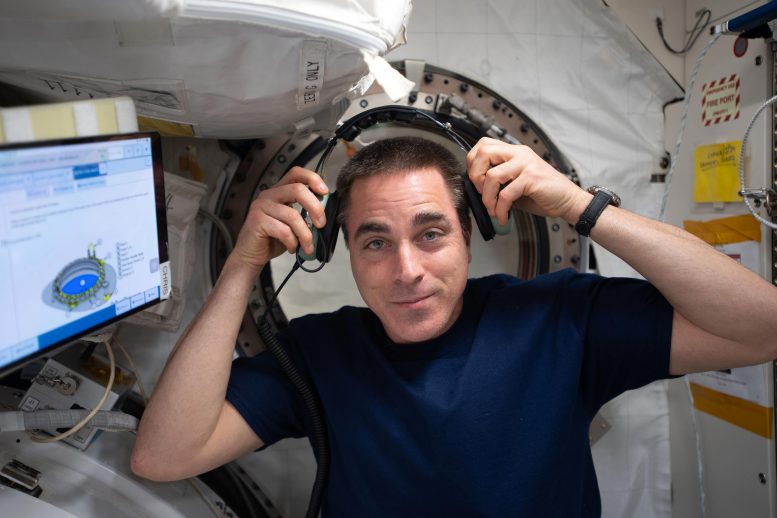
Expedition 63 Commander Chris Cassidy is at work inside the Kibo laboratory module from JAXA. Credit: Japan Aerospace Exploration Agency
The Expedition 63 crew continues preparing for Sunday’s scheduled space delivery of nearly 8,000 pounds of supplies and gear aboard Northrop Grumman’s Cygnus space freighter. As usual, advanced space science rounded out the day’s activities inside the International Space Station. The crew also continues work to try and isolate the precise location of an air leak that was recently isolated to the Zvezda Service Module.
An Antares rocket stands at its launch pad in Virginia ready to carry the Cygnus resupply ship to space when it launches on Thursday at 9:38 p.m. EDT. About nine minutes later, Cygnus will reach Earth orbit heading towards the space station for a Sunday arrival and robotic capture at 6:10 a.m.
Commander Chris Cassidy and Flight Engineer Ivan Vagner continued practicing their robotics skills Wednesday afternoon on a computer. The duo will be on deck inside the cupola Sunday morning ready to command the Canadarm2 robotic arm to reach out and grapple Cygnus. Ground controllers will take over the Canadarm2 afterward and remotely install Cygnus to the Unity module about two hours later.
Cassidy started the day working inside Japan’s Kibo laboratory module setting up experiment hardware that enables science to take place outside the orbiting lab. The veteran astronaut also spent a few moments on light plumbing duty as he serviced the urine processing assembly located in the Tranquility module.
The two Russian cosmonauts, including three-time station resident Anatoly Ivanishin, focused on their complement of space research and lab maintenance throughout the day. The duo joined each other first for a space communications study utilizing a variety of photography and audio hardware. Next, Ivanishin moved to narrow the source of an air leak utilizing an ultrasonic leak detector. Vagner checked radiation measurements then swapped camera lenses and activated hardware for a pair of Earth observation studies.
UPDATE: Roscosmos has released new information, further isolating the leak location to the transfer chamber in the Zvezda Service Module. Additional leak detection operations will continue using the ultrasonic leak detector.
In terms of design, the Zvezda Service Module consists of four sections: three pressurized (Transfer Compartment, Working Compartment and Transfer Chamber) as well as the unpressurized Assembly Compartment housing the integrated propulsion unit.
The leak, which has been investigated for several weeks, poses no immediate danger to the crew at the current leak rate and only a slight deviation to the crew’s schedule.

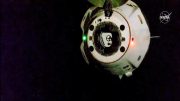
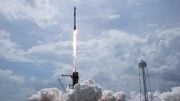
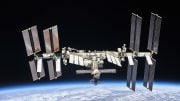
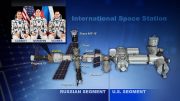
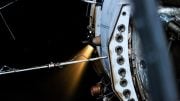

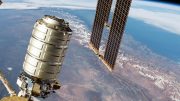
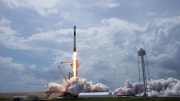
Be the first to comment on "Astronauts Continue to Try to Find the Precise Location of an Air Leak on the Space Station"